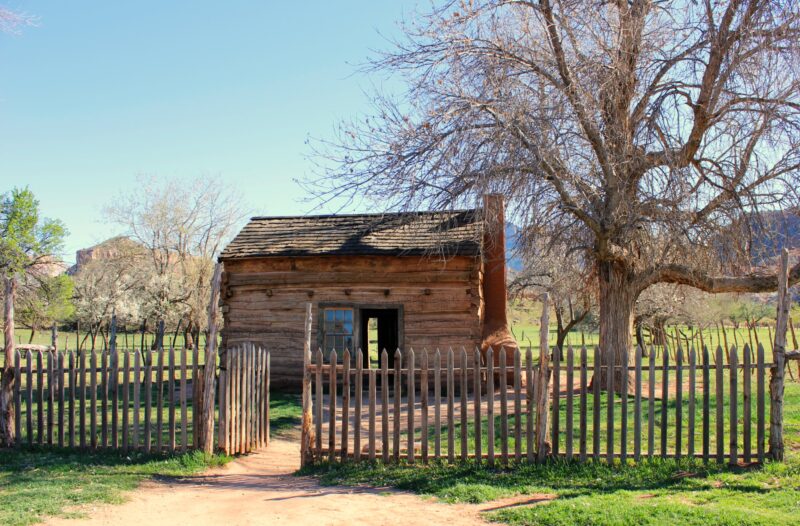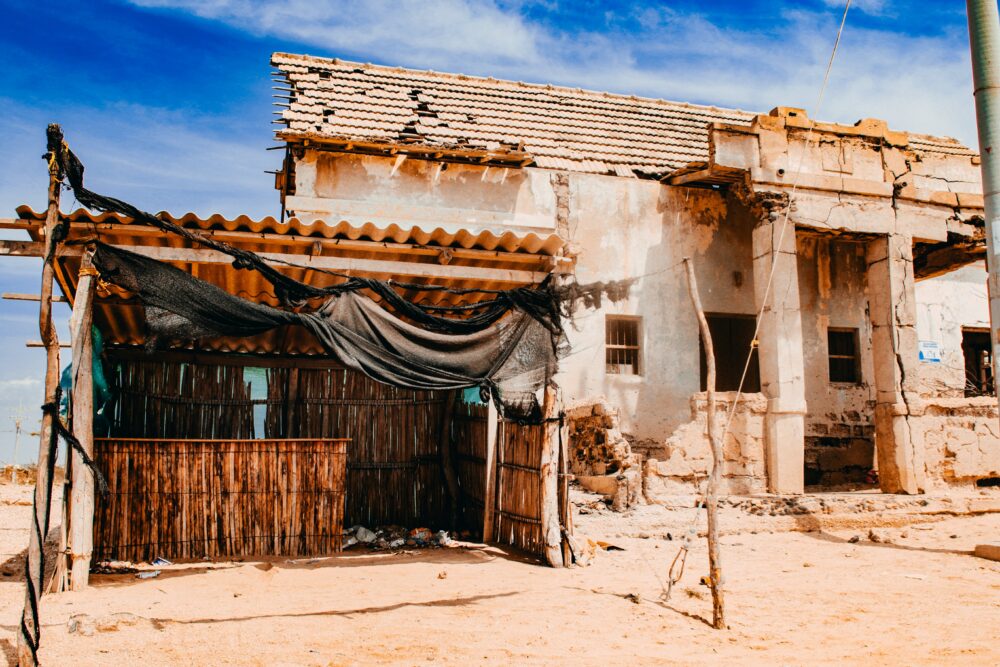The United States is home to dozens of ghost towns spread across its states. The majority of these rose to prominence and then subsequently fell due to economic reasons. Ghost towns are often created when a business booms, from gold rushes to prominent factories, and then declines quickly.
Some of the most well-preserved ghost towns in the United States come from the pioneer era when the economy was especially volatile. Especially in the southwest and northwestern regions, frontier conditions like gold rushes, digging for crude oil or natural gas, and even fishing, could create the perfect conditions for a ghost town—and, in many cases, an eventual rumored haunting.
Let’s take a look back at some of the creepiest ghost towns from this pioneer era, along with what has made them so iconic and unforgettable for travelers, photographers, and fans of urban decay.
Tombstone, Arizona
Let’s get one thing off the bat: thanks to its reputation as a famous ghost town, Tombstone hasn’t actually been a ghost town since the turn of the 20th century. But this location packs a punch in terms of US identity. The population boomed thanks to silver mining during the peak of the Wild West era in the 1880s. The location was known for its grizzled cowboys and rowdy gaming saloons.
In fact, locations like the OK Corral have helped instill things like casino gaming on a national level. Though once associated with the dusty saloons of Tombstone, millions of Americans play table games and card games today. Most access titles online rather than head to brick-and-mortar establishments—but the pioneer era of Tombstone’s saloons isn’t totally gone. Even modern slot titles, such as the Book of Dead slot, include heroes like Rich Wilde—a rugged and savvy hero taking on the latest frontier, just like the pioneers of yore.
Rhyolite, Nevada
Death Valley is one of the world’s most rugged and unforgiving locations to call home—but that doesn’t mean locals didn’t rush in to set up shop once gold ore was discovered nearby in the early 1900s. Thus, Rhyolite was born. The name itself harkens back to a type of volcanic rock often found in the mines.
However, Rhyolite faced a much shorter reign than other ghost towns on this list. By 1909, locals were suspicious the mine had less ore than promised. By 1916, the town’s light and water supplies had been permanently shut off. However, the town’s opera house, hospital, and dozens of homes still remain.

Bodie, California
Tombstone may be the most well-known once-ghost town in the US, but Bodie, California isn’t far behind. Once again, this town’s population rose rapidly after a gold rush in 1976. Within three years, the location was home to 8,000 people and over two thousand structures—most of which are still standing. Bodie’s decline came once the gold had been mined and people were setting off toward new locations… including Tombstone and Bannack (below).
Like Tombstone, Bodie was also a cradle of the Wild West identity and mentality. It was home to dozens of saloons where locals could play blackjack and similar titles, as well as its very own Chinatown and Taoist temple. At one point, it was even home to a Wells Fargo outpost bank.
Bannack, Montana
Lastly, let’s cover a gold rush outpost that only recently became a ghost town. Back in the 1860s, Bannack was one of the most remote outposts in Montana (not yet a state). A major gold discovery saw thousands upon thousands flock to the small village. During this era, Bannack was known to be particularly unruly, as many sheriffs were also closely involved in mining and ore production.
By the early 1900s, most gold mining activities had ceased. However, given Bannack’s remote location, not everyone jumped ship. In fact, the town was populated until the 1950s when it significantly declined. By the 1970s, it had been officially dubbed a ghost town. Today, Bannack is part of a state park where visitors can explore its fifty-odd structures that remain standing.
